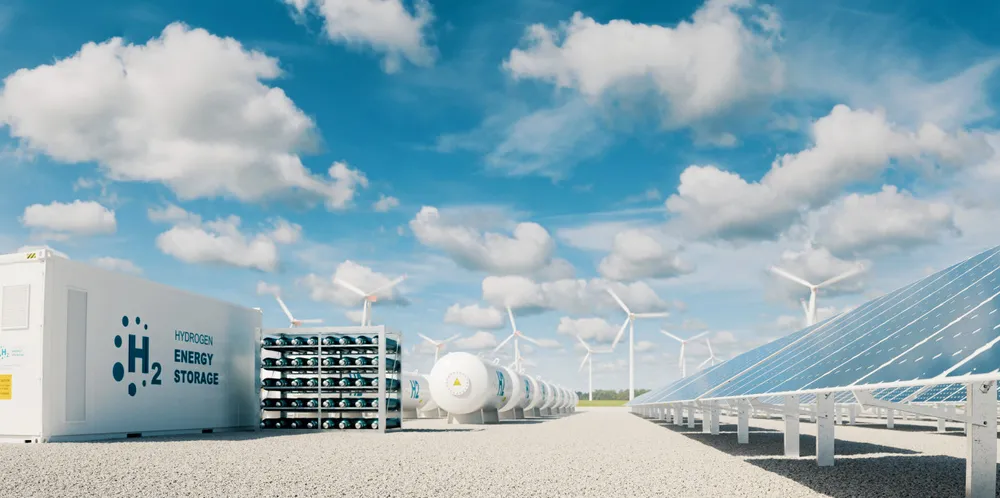'Green hydrogen now cheaper to produce than grey H2 across Europe due to high fossil gas prices'
Calculations by analyst ICIS challenge the assumption that low-carbon blue hydrogen derived from methane with CCS will be cheaper than renewable H2

Calculations by analyst ICIS challenge the assumption that low-carbon blue hydrogen derived from methane with CCS will be cheaper than renewable H2
